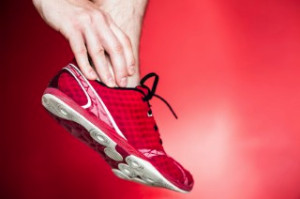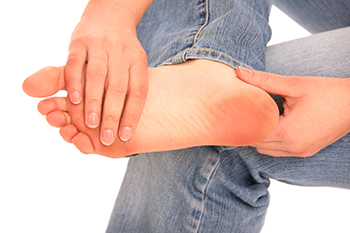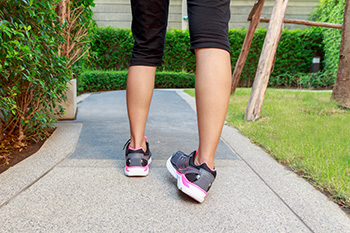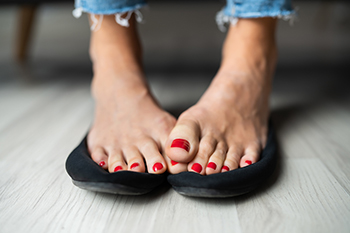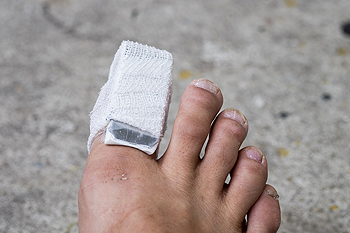
Fractures affecting the toes are a frequent occurrence. These fractures are often the result of crushing injuries or from stubbing the toes. While less common, joint hyperextension and stress fractures can also lead to toe fractures. Patients typically experience tenderness at the fracture site or pain when gentle pressure is applied to the affected digit. Imaging tools are valuable for identifying fractures, assessing displacement, and evaluating nearby areas and toes. There may be compromised circulation, open fractures, or significant soft tissue damage. Additionally, displaced or unstable fractures of the first toe may involve more than 25 percent of the joint surface. Stable, nondisplaced toe fractures are typically treated with buddy taping and the use of a rigid-sole shoe to restrict joint mobility. In contrast, displaced fractures of the lesser toes require reduction where the bone is manipulated back into place and buddy taping. If you have a broken toe, it is suggested that you schedule an appointment with a podiatrist for a proper diagnosis and treatment that will help relieve pain.
Broken toes may cause a lot of pain and should be treated as soon as possible. If you have any concerns about your feet, contact one of our podiatrists from Comprehensive Foot & Ankle Center of South Jersey. Our doctors will treat your foot and ankle needs.
What Is a Broken Toe?
A broken toe occurs when one or more of the toe bones of the foot are broken after an injury. Injuries such as stubbing your toe or dropping a heavy object on it may cause a toe fracture.
Symptoms of a Broken Toe
- Swelling
- Pain (with/without wearing shoes)
- Stiffness
- Nail Injury
Although the injured toe should be monitored daily, it is especially important to have a podiatrist look at your toe if you have severe symptoms. Some of these symptoms include worsening or new pain that is not relieved with medication, sores, redness, or open wounds near the toe.
If you have any questions, please feel free to contact our offices located in Cherry Hill, Voorhees, Atco, and Turnersville, NJ . We offer the newest diagnostic and treatment technologies for all your foot care needs.
